Photothermal therapy that uses gold nanoparticles to convert light to heat is effective against cancer both alone and combined with other therapeutic strategies is reviewed.
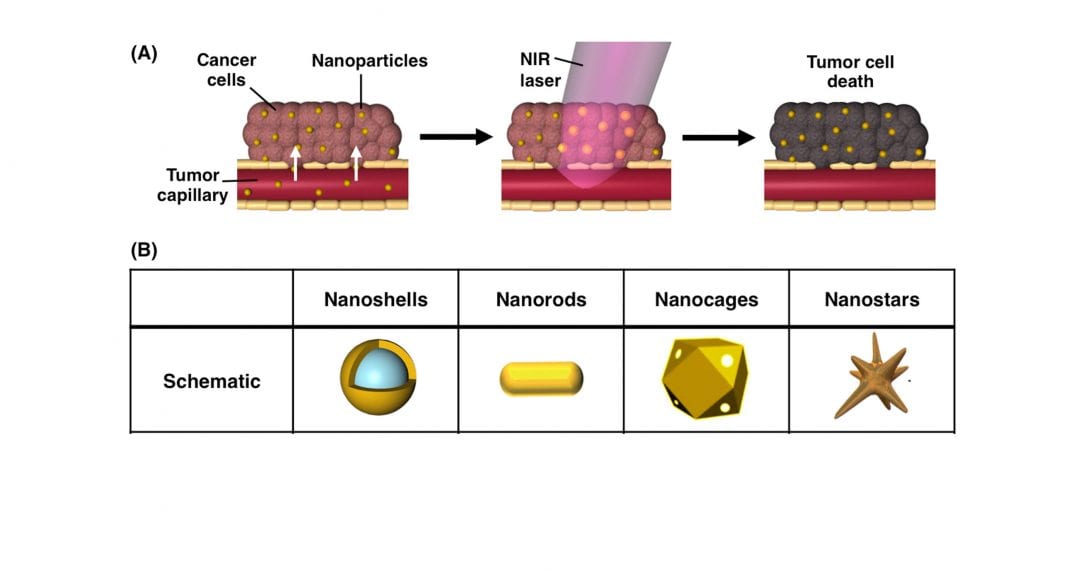

Photothermal therapy that uses gold nanoparticles to convert light to heat is effective against cancer both alone and combined with other therapeutic strategies is reviewed.
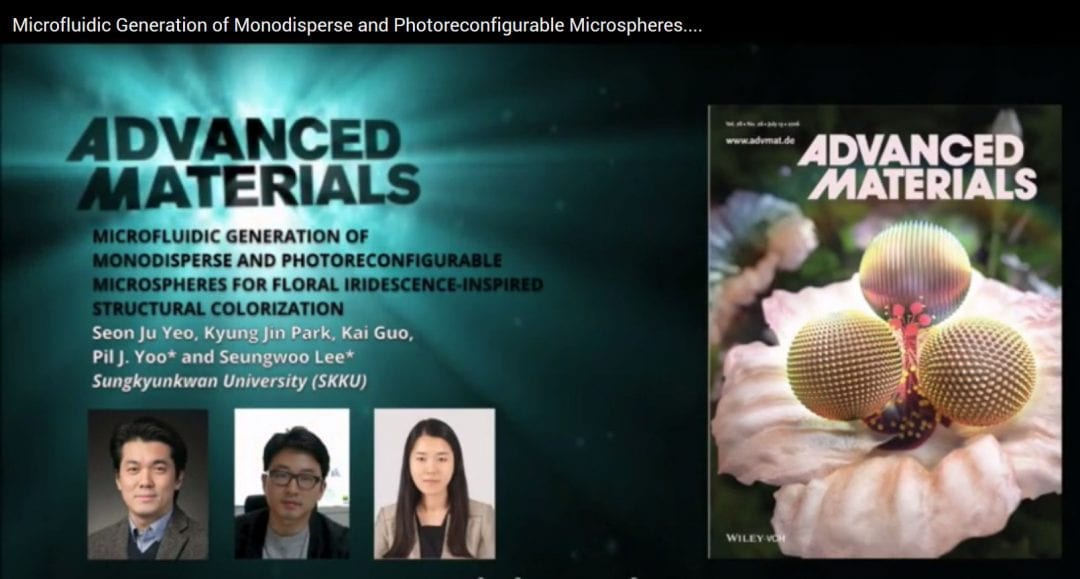
The color produced by microscopically structured surfaces can be controlled by with the microfluidic preparation of monodisperse photoreconfigurable microspheres.

Thousands of conductive circuit arrays are self-assembled in just one minute by utilizing the coffee ring effect.

Researchers from Singapore, China and USA have recently reported in Advanced Materials the first example of a TENG-based self-powered iDDS, and demonstrate its functionality in ocular drug delivery.

Learn about how to block oxidation failure in carbon nanotubes for application in thermoacoustic devices.
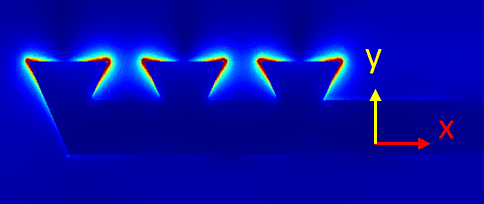
Researchers from Peking University demonstrate that a plasmonic contact electrode can enhance the performance of carbon nanotube infrared detectors.

A new protocol is introduced for the quantitative analysis of 2D materials at the nano- and meso-scale fragmentation.
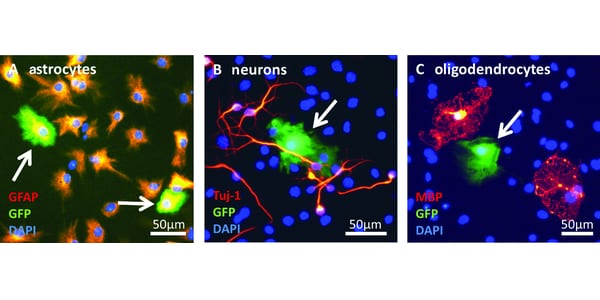
The first description on the use of oscillating magnetic fields for magnetic nanoparticle-mediated (MNP) gene transfer to neural stem cells NSCs.
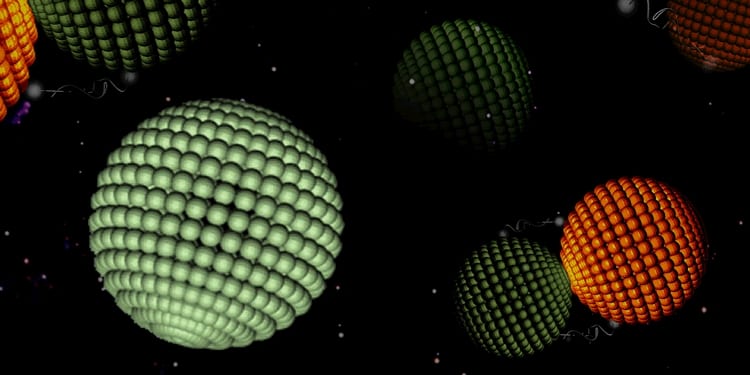
Porous liposomes can provide a suitable environment for controlled nanoreactions admitting molecules of a specific size only.
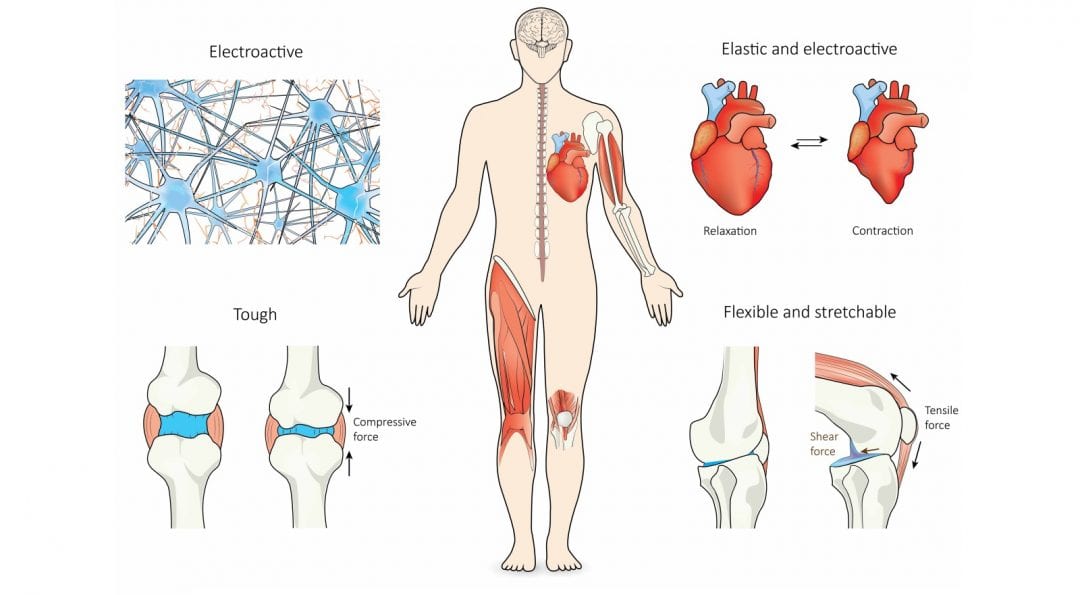
Recent advances in the fabrication and application of nanocomposite hydrogels for load-bearing and electroactive tissue replacement.